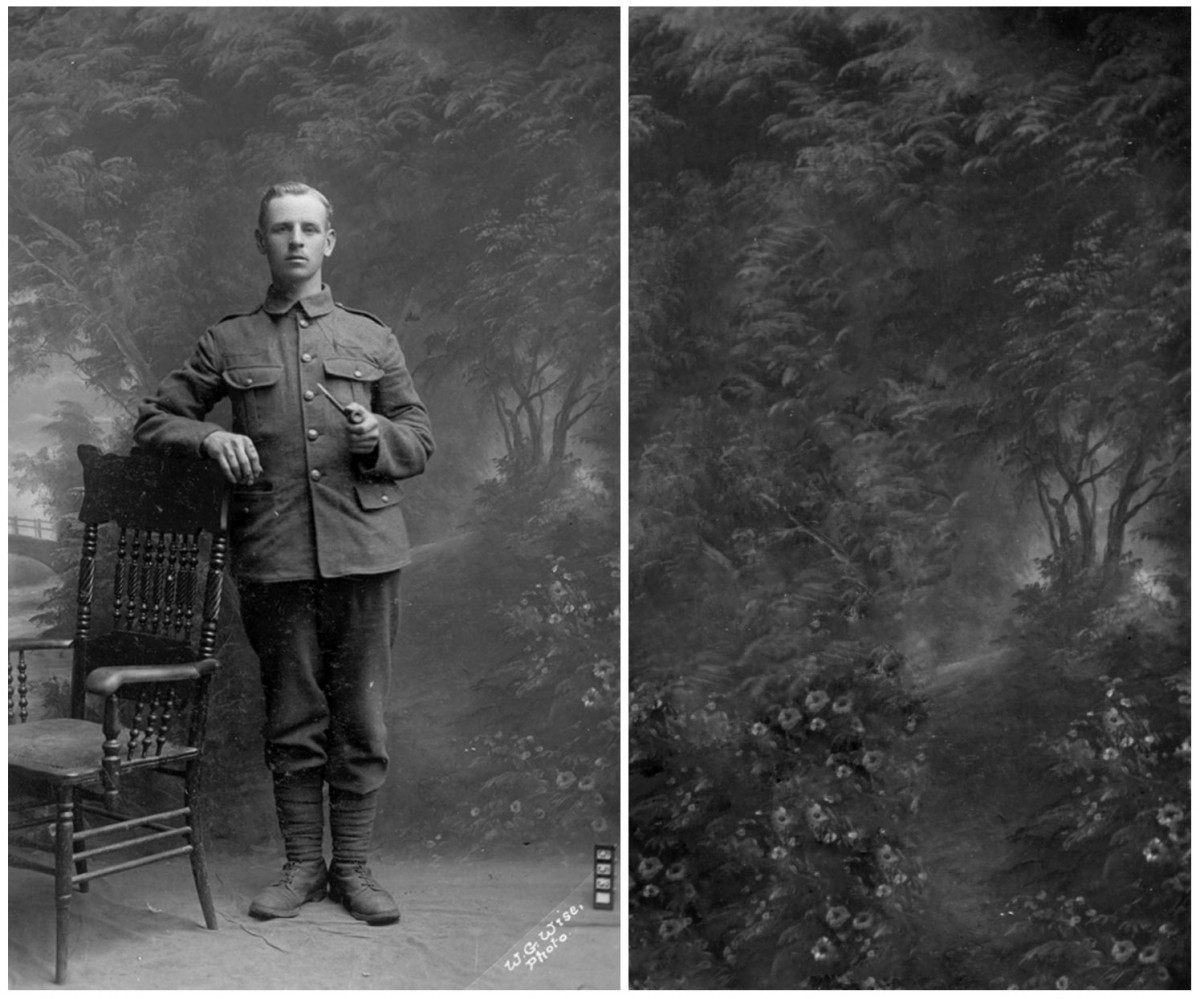In my work I have always been interested in the past and how we can empathise with those who lived long before us. I like to think about how we access the past and how we build a picture of the long lost world as best as we can. We might start with a fragment of pottery, a detail in an old photograph, a piece of writing, a coin – it could be anything; but we often start with a fragment.
With that fragment, we can then build outwards within our imaginations, trying to experience the world from which the fragment is estranged. We can try to hear it, feel our way around it, see movement as if it’s now and, as I’ve written before, one of the best ways to do that is through the natural landscape. After all, those who lived in the past would have known what it is to walk in the natural world.
We experience a wood in much the same way as someone a hundred, two hundred or five hundred years ago. Yes, their experience would be different in that they would know the natural world differently, but they would see the trees moving in the wind, see the sun make shadows on the ground, see the clouds, the sky, feel the rain and so on. We might not be able to experience a town or city as they would but we can better know a wood as they would have known it.
I have been doing a lot of work in woods lately, painting shadows cast by the leaves of the trees and I like the idea that trees themselves start off as seeds, and that from these small beginnings they grow, reaching out into the world around them. Seeds and trees are therefore a good metaphor for how I try and experience the past. Starting off small and growing up and out to feel my way into a world that no longer exists.
With the shadow work I’ve been doing, the shadows are like the traces of the past – the fragments. With them, we can try and imagine the trees which cast them, building out to picture the sun, the sky, the clouds, birds and all the other trees in the wood.
The wood therefore represents the past; a world in which we might find ourselves walking, experiencing it as best we can like those who lived before us. We start with a seed and planting it within our imaginations, we allow it to grow into another world.
Thinking about I might represent this pictorially, I’ve recently been looking at scrolls and have come up with some ideas of how I might create some work using the format, using the shadow calligraphy I’ve been creating in the woods.
Scrolls are very precise objects – almost ceremonial. They have a form that is both rolled and unrolled and this is something which interests me as regards my work on empathy and the past. The rolled scroll is like our beginning – our fragment, our seed or acorn. It’s like that first bit of knowledge which once untied we begin to unroll. And as we unroll, it’s as if the acorn is growing, reaching out as it begins to build the world of the past.
I love this idea of unrolling. In my Goethean observation, I noted the following in the final phase:
The solidity and tightness of the rolled state – the past hidden.
The untying.
The unrolling and revelation.
The fragility and expanse of the unrolled state – the past revealed.
Then as now.
Delineated.
Breathing.
Defined.
Sounds.
The re-rolling and hiding.
Quiet.
Ceremony and calmness.
Past and present as one.
I can add to that – growing. The scroll is the tree rising up and putting out its branches while putting down its roots into the ground. I like the idea that as the scroll unrolls, it somehow keeps expanding.
One of the things I’ve been looking at is how I can use the scroll’s background. Rather than just using a piece of material, can I use that material as a canvas somehow?
Quite a while ago I was looking at the backdrops used in studio portraits of World War I soldiers (see ‘Backdrops‘, . ‘ WWI Backdrops‘, ‘Backdrops (Odilon Redon)‘, ‘The Past in Pastoral‘) and so I thought that I could use these backdrops as a background for a scroll. The image below is something I did several years ago where I isolated the backdrop in the postcard.

The following is how it might work as a scroll, complete with a character painted in the woods.

The studio backdrop is something in front of which people would have stood to have their picture taken. Those people have long gone and we – or whoever is looking at the scroll – are standing in their place. The painted character is that which I painted in a real wood and represents a moment – ‘now’. When I imagine a past event, I am trying to imagine someone who lived at the time. In a sense, our imaginations are like a theatre where we assemble this moment, complete with backdrop, props, actors and maybe even a script. The idea of the backdrop works very nicely with this.